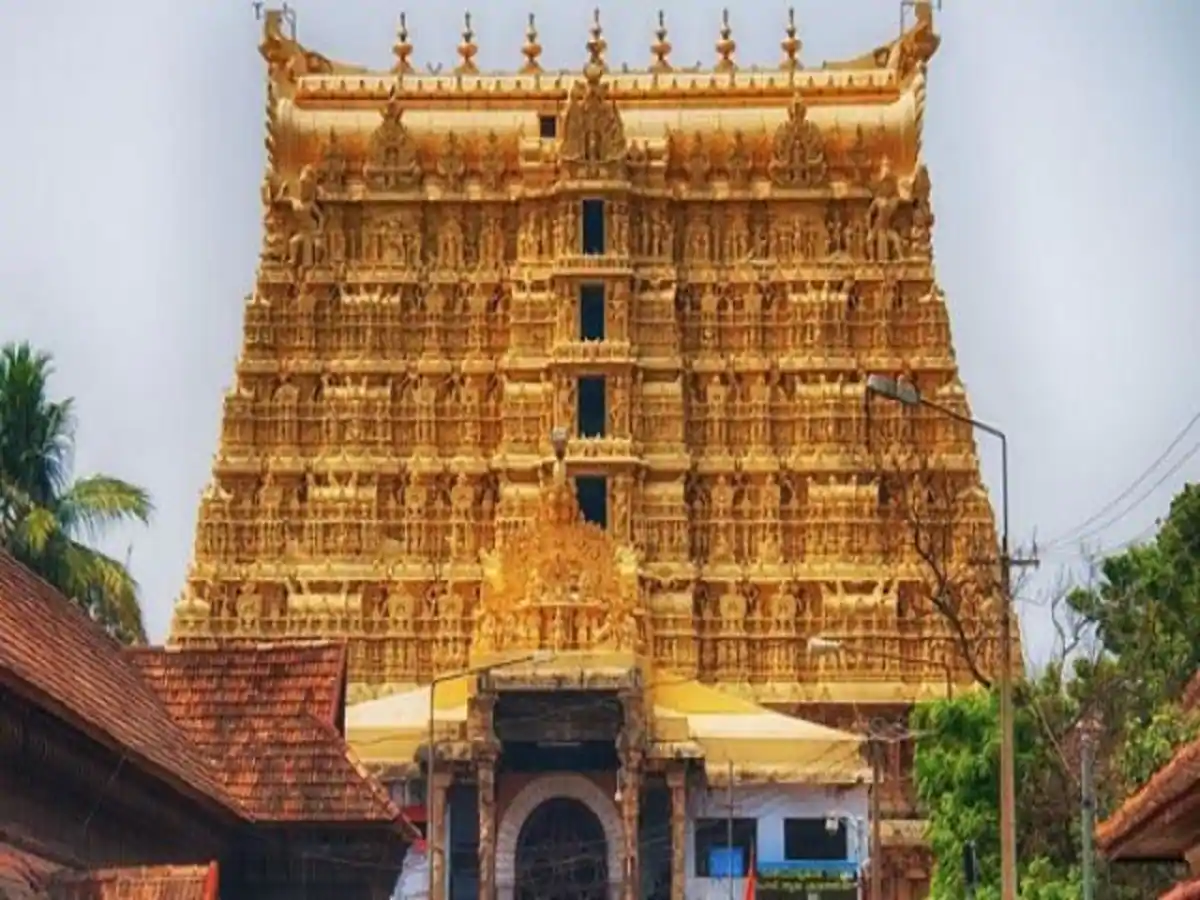Governance
The Padmanabhaswamy Temple Case
- 14 Jul 2020
- 5 min read
Why in News
Recently, the Supreme Court of India upheld the right of the Travancore royal family to manage the property of deity at Sree Padmanabhaswamy Temple in Thiruvananthapuram (Kerala).
- The Temple has been in the news since 2011 after the discovery of treasure worth over Rs. 1 lakh crore in its underground vaults.
Key Points
- Judgement:
- The Supreme Court (SC) reversed the 2011 Kerala High Court decision, which had directed the Kerala government to set up a trust to control the management and assets of the temple.
- The High Court (HC) had ruled that the successor to the erstwhile royals could not claim to be in control of the Sree Padmanabhaswamy Temple after the amendment of definition of ‘Ruler’ in Article 366 (22) of the Constitution of India.
- The definition of Ruler was amended by the Twenty Sixth (Constitutional) Amendment Act, 1971, which abolished the privy purses.
- Article 366 (22) reads, “Ruler” means the Prince, Chief or other person who, at any time before the commencement of the Twenty Sixth (Constitutional) Amendment Act, 1971, was recognised as the Ruler of an Indian State or was recognised as the successor of such Ruler.
- However, the SC rejected this and said that, as per customary law, the members of the royal family have the shebait rights even after the death of the last ruler.
- Shebait rights means right to manage the financial affairs of the deity.
- The SC held that, for the purpose of shebait rights the definition of Ruler would apply and would transfer to the successor.
- Administrative Committees:
- The SC accepted the submission of the royal family that the temple is a public temple, and directed setting up of an administrative committee with the Thiruvananthapuram District Judge as its chairperson, for its transparent administration in the future.
- The other members of the Committee would be a nominee of the trustee (royal family), the chief thanthri of the temple, a nominee of the State and a member nominated by the Union Ministry of Culture.
- The SC also ordered a second committee to be constituted to advise the administrative committee on policy matters.
- This would be chaired by a retired High Court judge nominated by the Chief Justice of the Kerala High Court.
- The primary duties of the two committees would be to preserve the treasures and properties.
- The SC accepted the submission of the royal family that the temple is a public temple, and directed setting up of an administrative committee with the Thiruvananthapuram District Judge as its chairperson, for its transparent administration in the future.
- Background:
- As per the Instrument of Accession signed between the princely states and the Government of India, the administration of the Padmanabhaswamy Temple was vested in trust in the Ruler of Travancore, since 1949.
- In 1971, privy purses to the former royals were abolished through a constitutional amendment stripping their entitlements and privileges.
- In 1991, when the last ruler of Travancore, Chithira Thirunal Balarama Varma, passed away, his brother Uthradam Thirunal Marthanda Varma took over the temple management.
- This created a furore that he had no legal right to claim the control or management of the temple.
- However, the royal family continued to manage the affairs of Sree Padmanabhaswamy Temple till the Kerala High Court in 2011 ruled that the family cannot continue to exert its shebait rights.
Sree Padmanabhaswamy Temple
- According to Historians, the temple dates back to the 8th century but the present structure was built in the 18th century by the then Travancore Maharaja Marthanda Varma.
- The temple was initially made of wood but later it was constructed with granite.
- The temple is built in the unique Chera style of architecture, and its main deity is Lord Vishnu who is found in the Anantha Shayana posture (reclined posture of eternal yoga) on Adishesha or king of all serpents.
- It is known to be one of the 108 holy temples associated with Vaishnavism in India.






